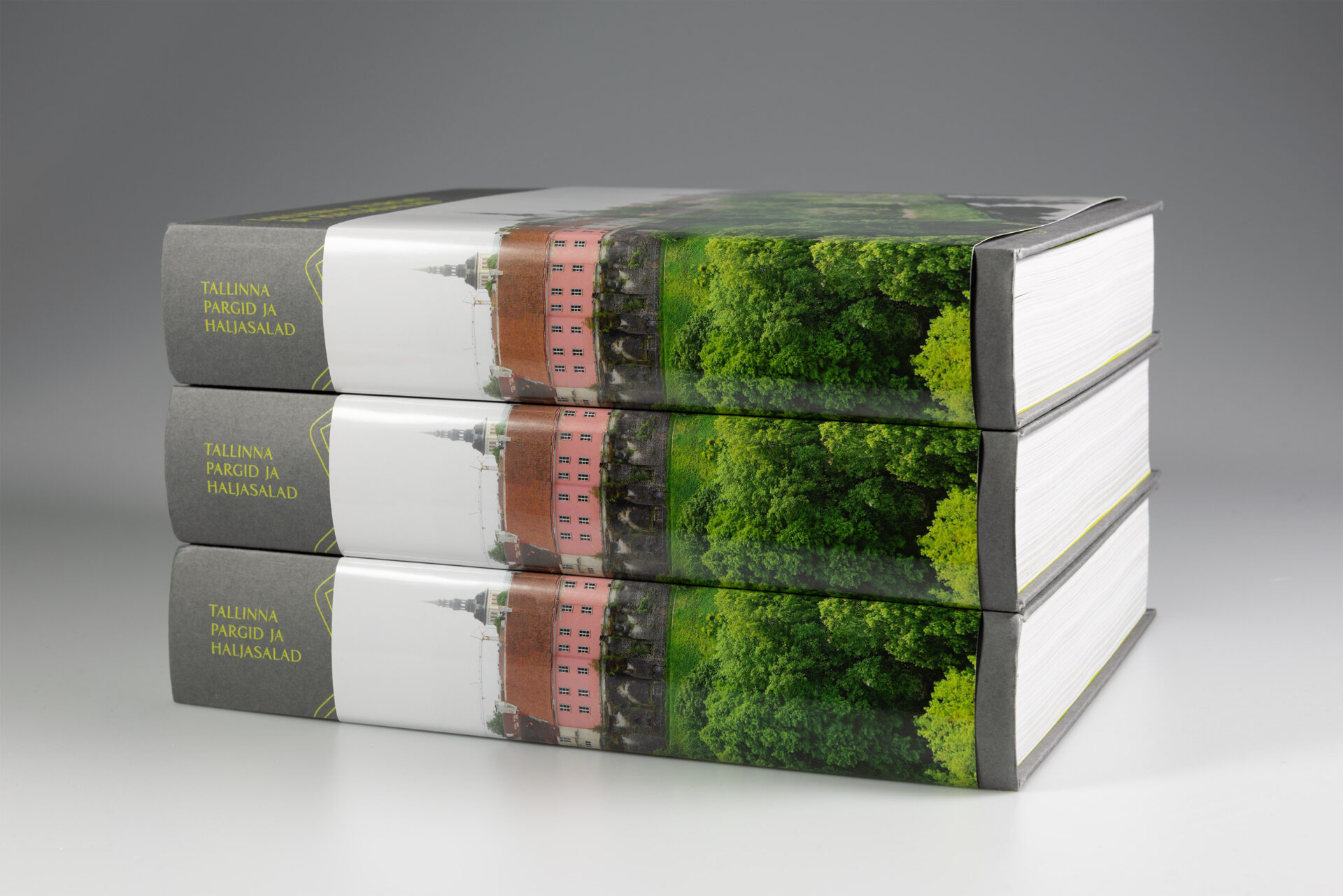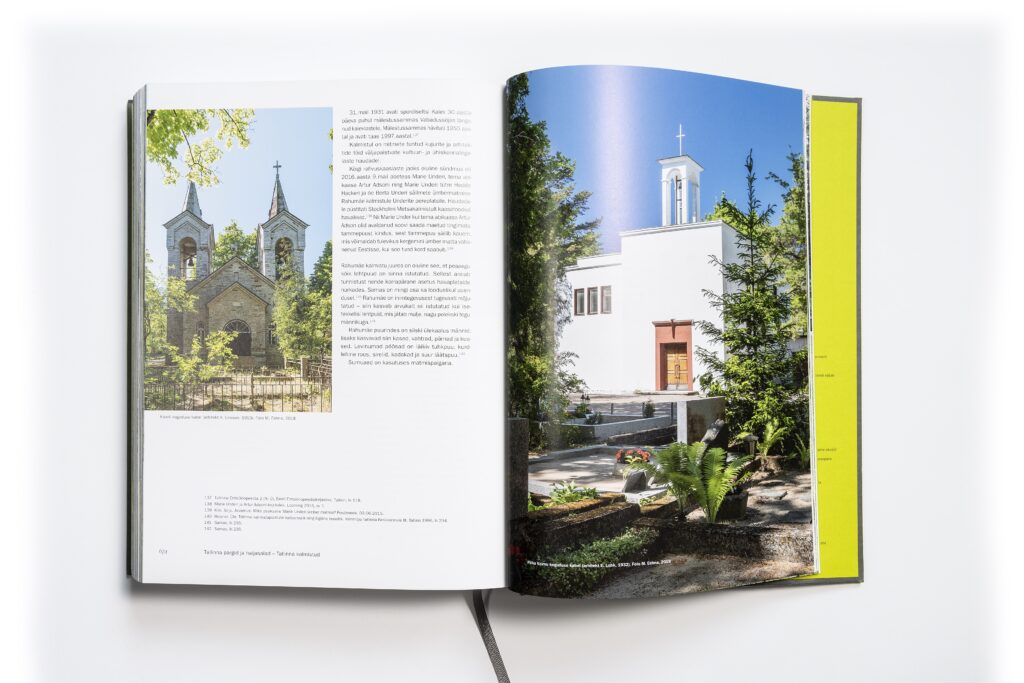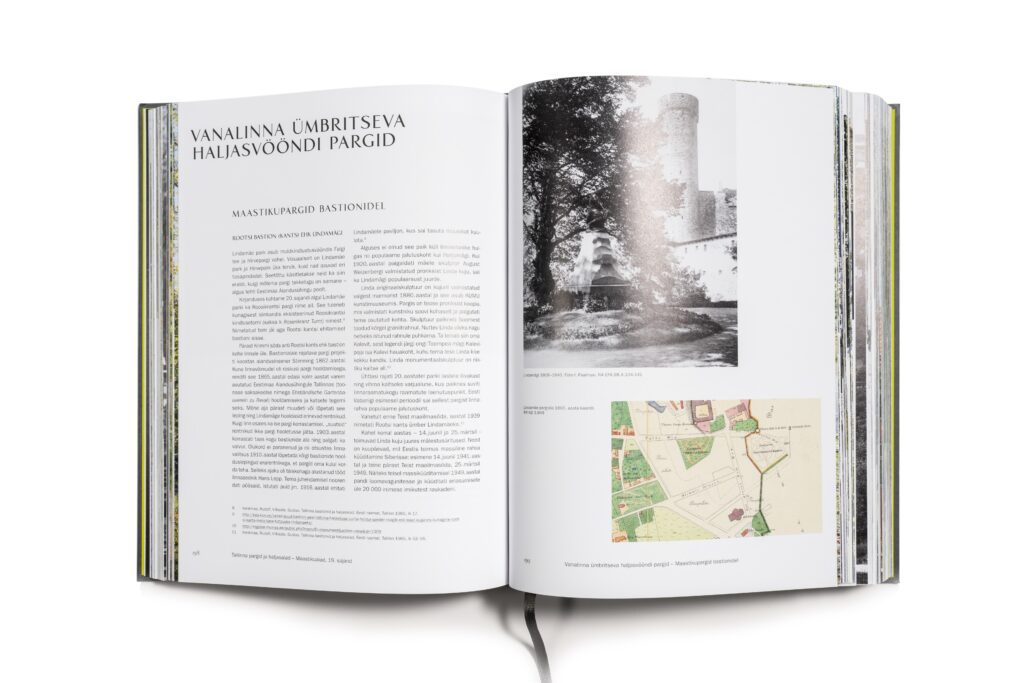It is a book full of discoveries giving a lot of food for thought for natives as well as more recent fans of our capital. It sheds light on the reasons why our city is so wide and green and why the areas outside the Old Town have been shaped on the basis of forests rather than cities. It is highly thrilling from start to finish. You only want to turn the pages and see all the pictures but that’s not an option. It is much better to read them one by one and go along with the topics. I believe that everybody can find at least some fresh pieces of information no matter how thoroughly they have studied the city and its story. I have spent around forty of my fifty years of life in Tallinn and kept my eyes open. However, after reading this book I now see many places with completely new eyes. The keen awareness of the topic and the background has been conveyed in a way that allows also simple readers experience the joy of learning. Obviously recommended!
Karl-Martin Sinijärv, writer
The past has left its mark on the landscape and so will we. The great value of Tallinn is its diverse landscape – bogs, klint areas, subterranean and aboveground rivers, lakes, coastal landscapes and beaches. All cultural nations have designed gardens and parks and Tallinn is certainly no exception. Although the attitude to park culture and the styles have been different over the centuries, the valuable landscape, gardens and parks in Tallinn have largely remained. The full story deserved a comprehensive exploration.
The story of the book dates back to 2008 when two city gardeners, Kristiina Kupper from Pärnu and Tiina Tallinn from Tallinn, travelled together to the summer convention of city gardeners in Finland. One of them boasted how the mayor had commissioned her to write a book about the history of parks in Tallinn that the city could give as a present to its dignified guests. It was never available for sale. Five years passed, one of the gardeners moved to another city and to another job while the other decided to become a full-time grandmother. The development plan of Tallinn green areas was being prepared, including also the topic of raising people’s awareness about green areas. So, we had an idea to write a more comprehensive book about the history of green areas in Tallinn and decided to go for it.
The writing process took off in 2016 and, with its ups and downs, lasted for five years. The authors did it with utmost dedication and the best of intentions.
The result is a colourful history spanning over 700 pages. It is difficult to describe a landscape in words and so we included 600 historic or contemporary photos and maps. The book is published by Tallinn Urban Environment and Public Works Department. The text is mostly written by Tiina Tallinn, with contributions by Tiina Tuulik, Elle Pent and Olev Abner. It was designed by Marje Eelme from Tuumik Stuudio and printed at Printon. The editor-in-chief is Kristiina Kupper who was assisted by Tiina Tammet. The edition includes 1500 copies with 500 meant as gifts and 1000 for sale.
The book covers the history of our gardens and parks since the medieval times for both citizens and visitors, and it is certainly a good study material for students of landscape architecture. In addition to the best-known parks in Tallinn – the parks in the bastion belt in the Old Town and Kadriorg Park, the book also introduces more than 80 different green areas. Visiting the places with the map in the book provides joy of discovery and extensive new knowledge. When reading the intriguing history of the green areas in Tallinn and drawing parallels, you will also understand the story of the greeneries in other Estonian towns.
Kristiina Kupper

















































































































































































































